Penguins: Flightless Seabirds of the Southern Hemisphere
Penguins are a fascinating group of flightless diving birds belonging to the order Sphenisciformes. Currently, there are at least 18 species of penguins, inhabiting a variety of environments in the Southern Hemisphere, ranging from icy polar landscapes to tropical regions. Their adaptability and charm make them key figures in marine wildlife.
Penguins, iconic seabirds of the Southern Hemisphere, share remarkable characteristics that ensure their survival in challenging environments. Although they spend much of their lives in the water searching for food, reproduction and resting processes take place on land.
One of their most notable adaptations is their ability to store body reserves and fast for extended periods. This characteristic is crucial during the molting process, a vital phase in which penguins moult and replace their entire plumage. During this time, they cannot enter the water to feed, as they lose the waterproofing that allows them to retain heat in cold waters. Molting is not only essential for renewing feathers but also marks the penguins’ return to the ocean.
Getting to Know the King Penguin
Within the Aptenodytes genus, there are two of the largest and most iconic penguins: Emperor Penguin (Aptenodytes forsteri) and King Penguin (Aptenodytes patagonicus). The Emperor penguin, exclusive to Antarctica, is the largest species. The King penguin takes second place in size, reaching between 94 and 95 centimeters in height and weighing between 14 and 16 kilograms.
Their distribution is circumpolar, mainly found on subantarctic islands between 45° and 55° south latitude, where they breed and undergo molting stages. Some locations where their presence has been recorded include: Bahía Inútil, Tierra del Fuego Island; Falkland Islands; South Georgia; Prince Edward Island; Crozet Island; Kerguelen Island; and Heard & McDonald Islands. Most of these subantarctic islands are remote and challenging to access, making it difficult to observe penguins in their natural habitat. However, Tierra del Fuego Island, specifically in Bahía Inútil, is a notable exception. This location, near the mainland, offers a unique and more accessible opportunity to marvel at the presence of king penguins in their natural environment.
Longest Breeding Cycle Among Penguins
The king penguin has the longest reproductive cycle among diving birds, lasting 14 months. This unique trait limits their ability to rear a maximum of two chicks every three years.
The process begins when adults arrive on subantarctic beaches, form pairs, and establish territories. After laying the egg, the female leaves it under the care of the male while she returns to the sea to feed. The female returns within 5-9 days, allowing both parents to alternate between tending the egg and foraging. Incubation concludes with the chick hatching after 54-56 days.
During the chick’s first weeks of life, the parents take turns protecting and feeding it. King penguin chicks are semi-altricial, meaning they depend on parental care before becoming independent. At around eight weeks, they leave the warmth of their parents’ feet and gather in “nurseries“. These groups provide protection and socialization as the chicks develop the skills needed to survive on their own. Finally, after eleven months, young penguins are ready to begin their lives at sea.
King Penguin Nature Reserve: Tierra del Fuego Island
Since 2005, sightings of king penguins (Aptenodytes patagonicus) have been recorded in the Strait of Magellan and Tierra del Fuego in Chile. Most notably, their presence in these areas has progressively increased, generating a significant scientific and tourist interest.
In Bahía Inútil, located in Tierra del Fuego, a king penguin colony was established—a unique phenomenon in the country—first observed in 2010. This settlement marked a significant moment for the species’ conservation, inspiring the creation of the King Penguin Park in 2011.
This park not only protects these charismatic southern residents but also promotes responsible tourism and environmental education, allowing visitors to learn about and appreciate the importance of conserving the region’s biodiversity. A must-visit destination for nature lovers! 🐧
Join us to get to know the King Penguin on our various tours in Tierra del Fuego!
Tierra del Fuego Wildlife Trips
King Penguins of Tierra del Fuego


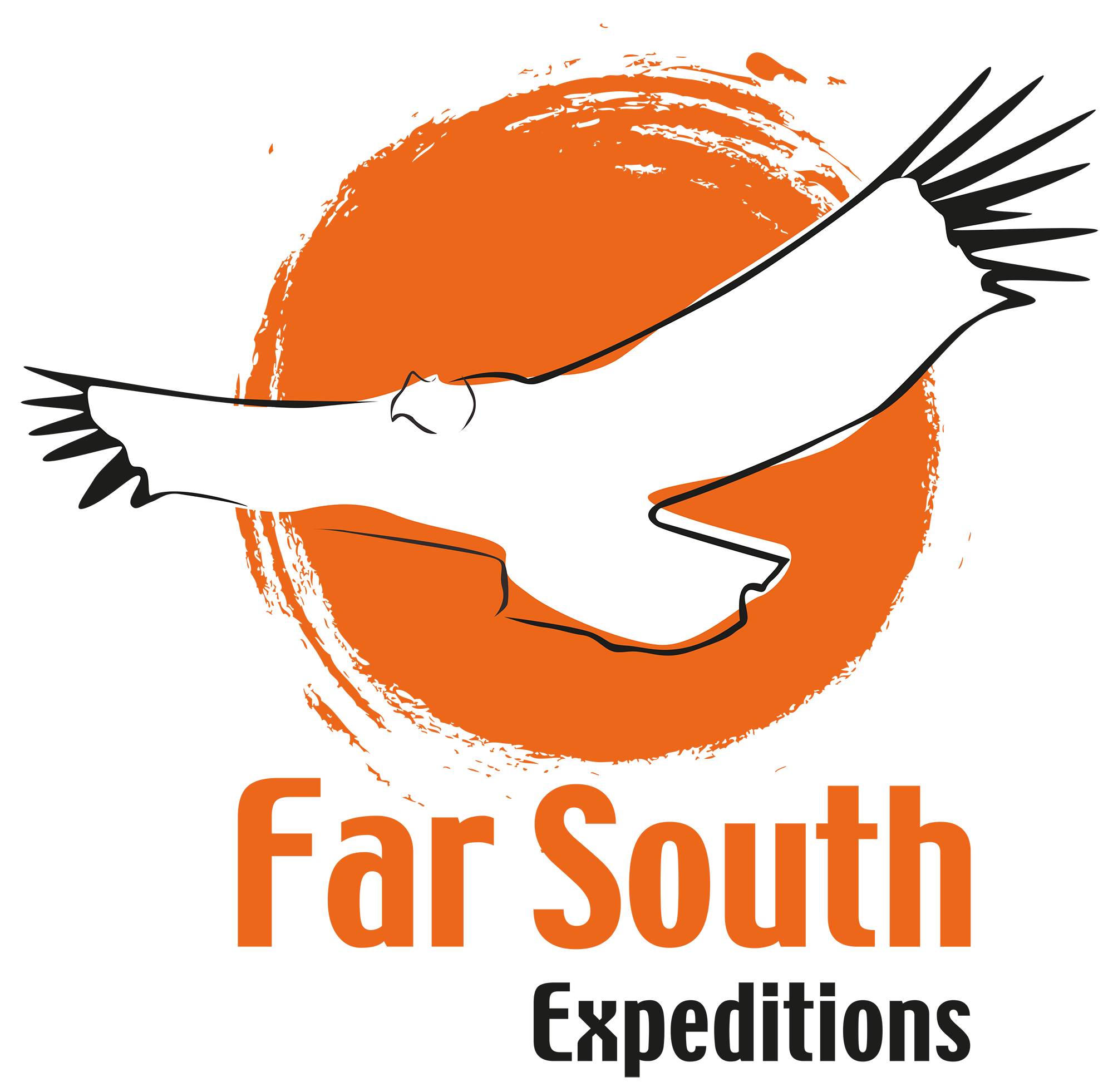
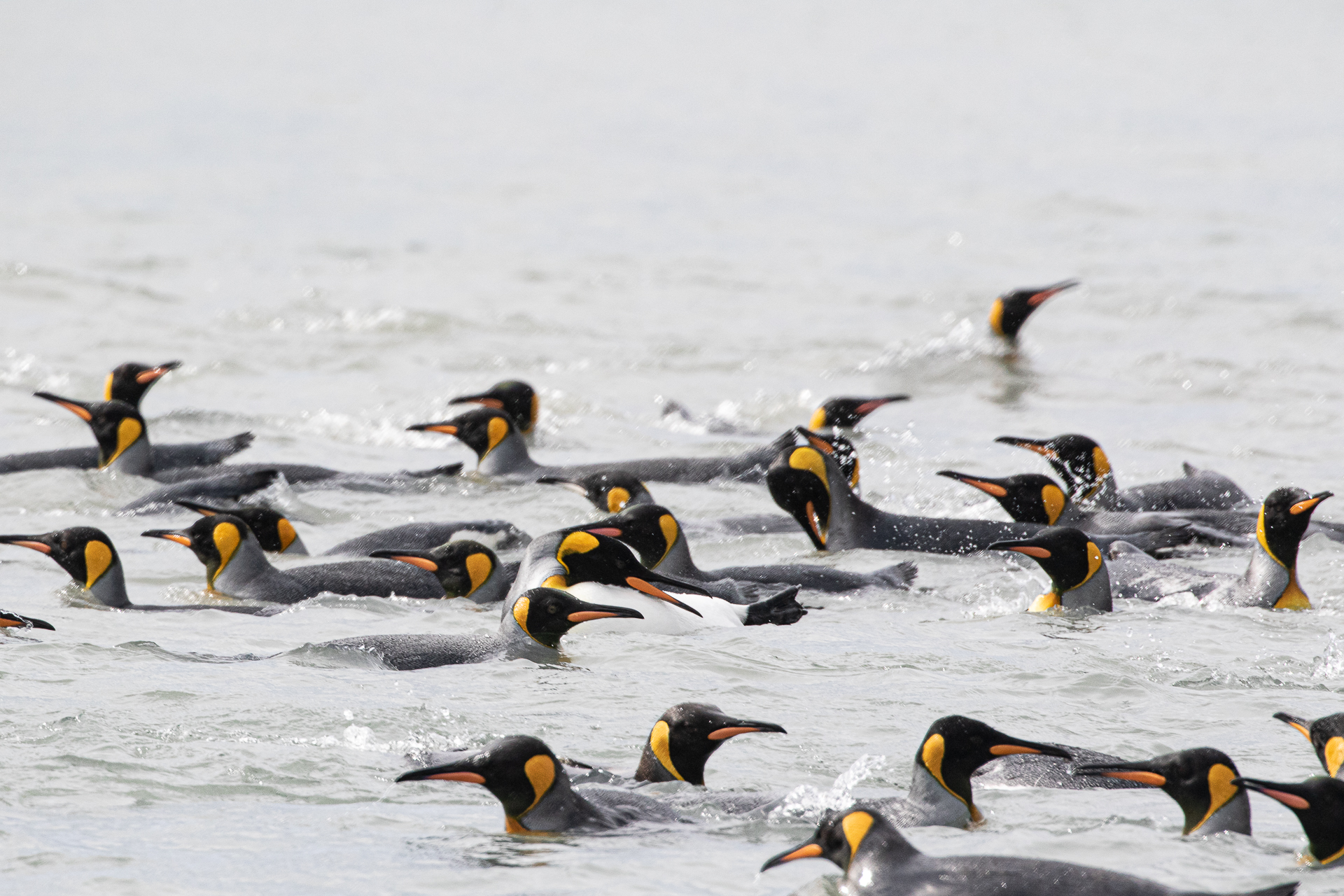
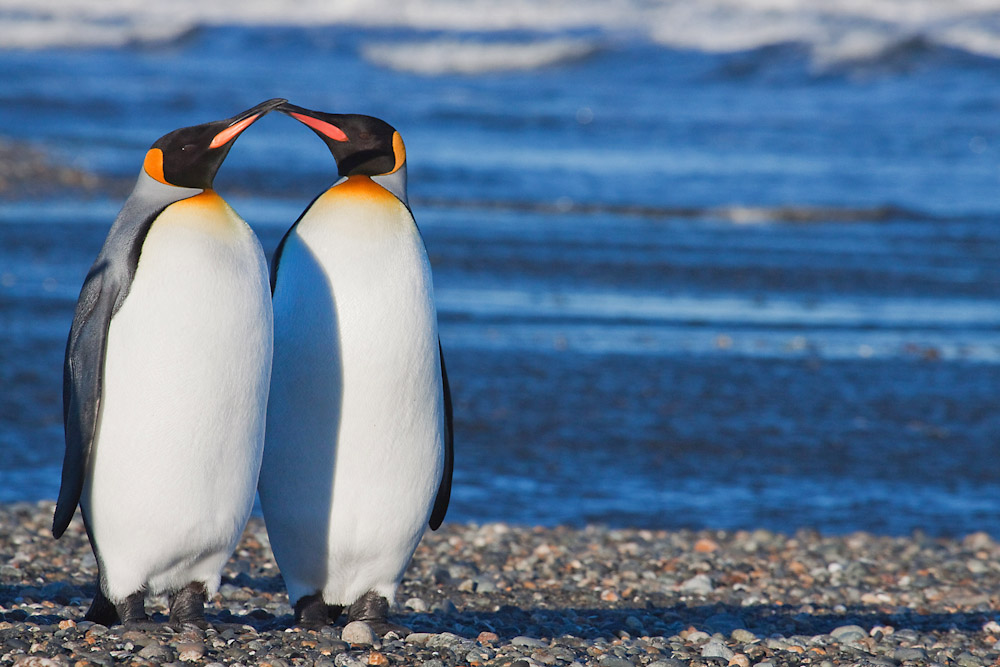
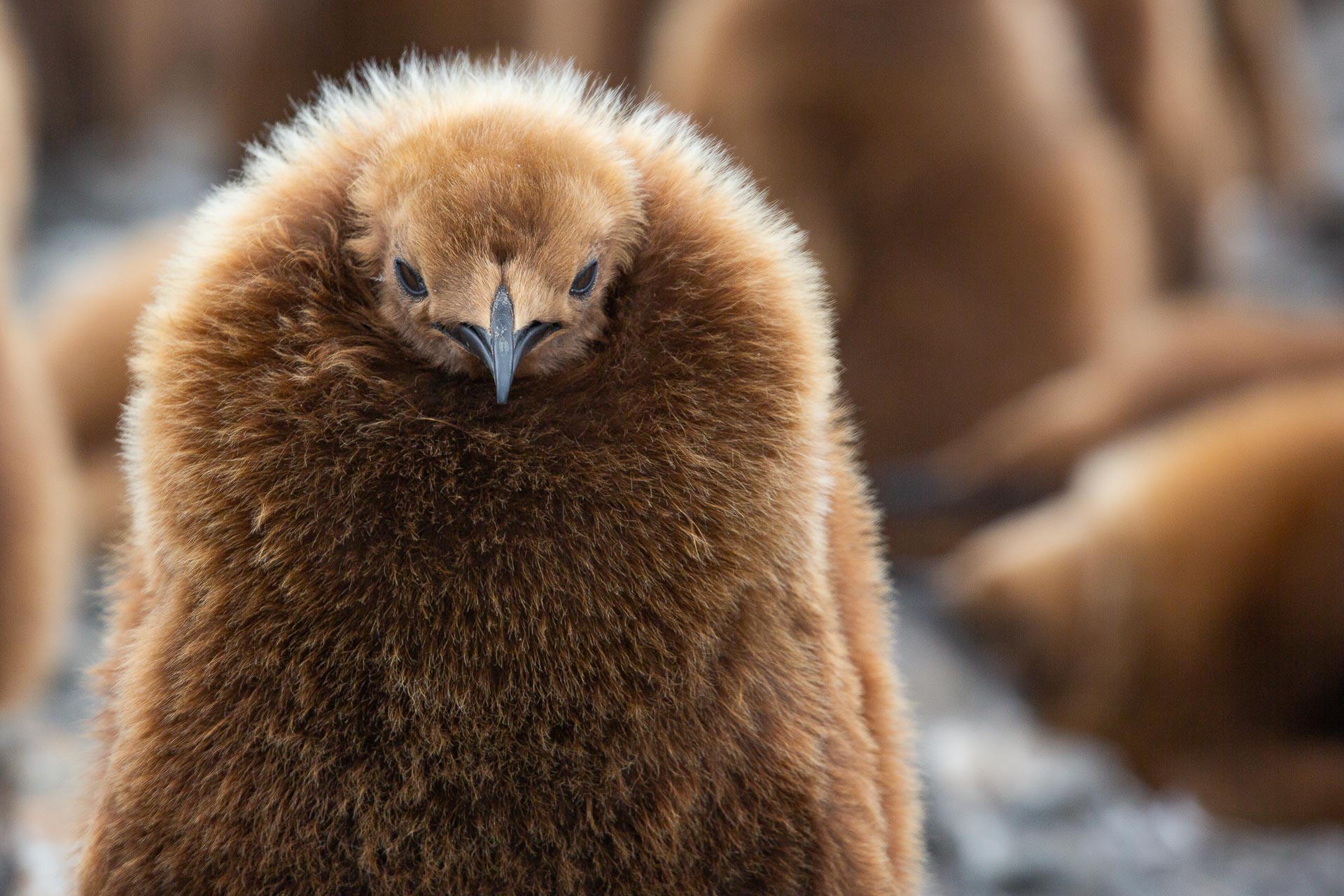
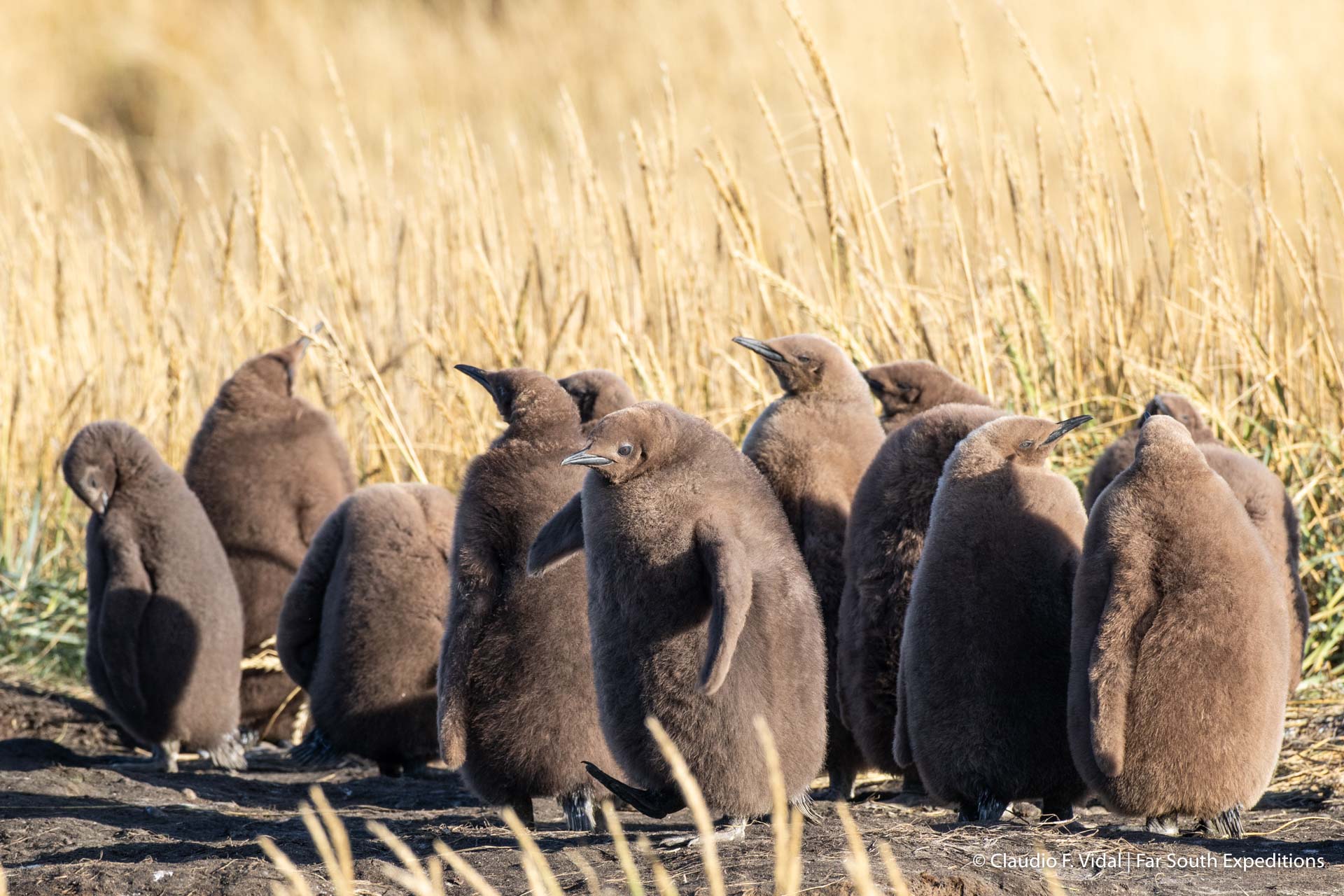
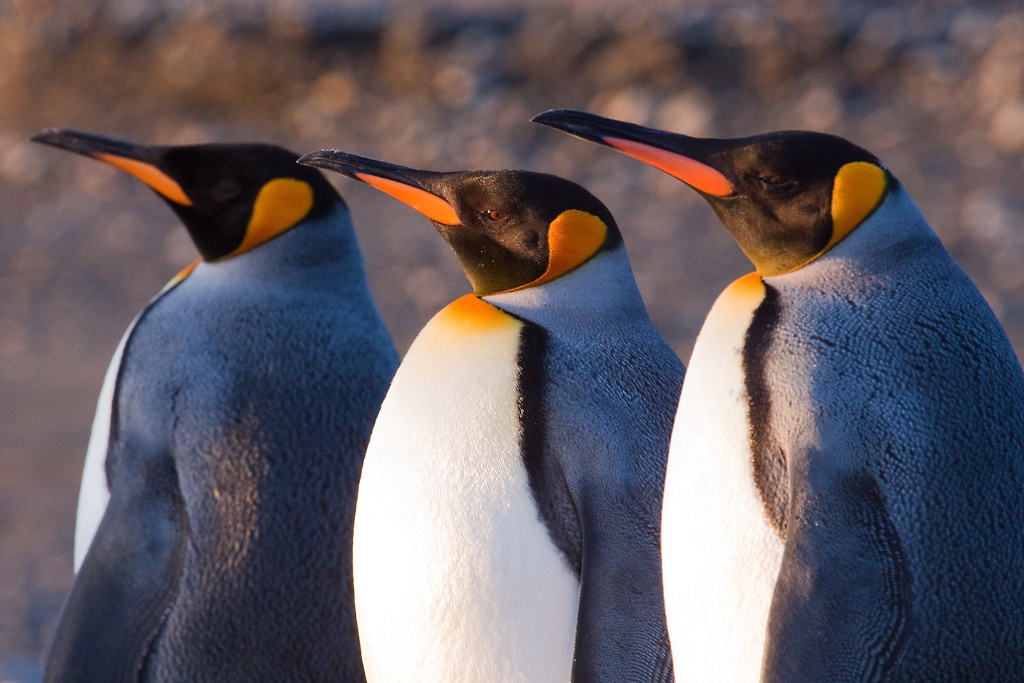
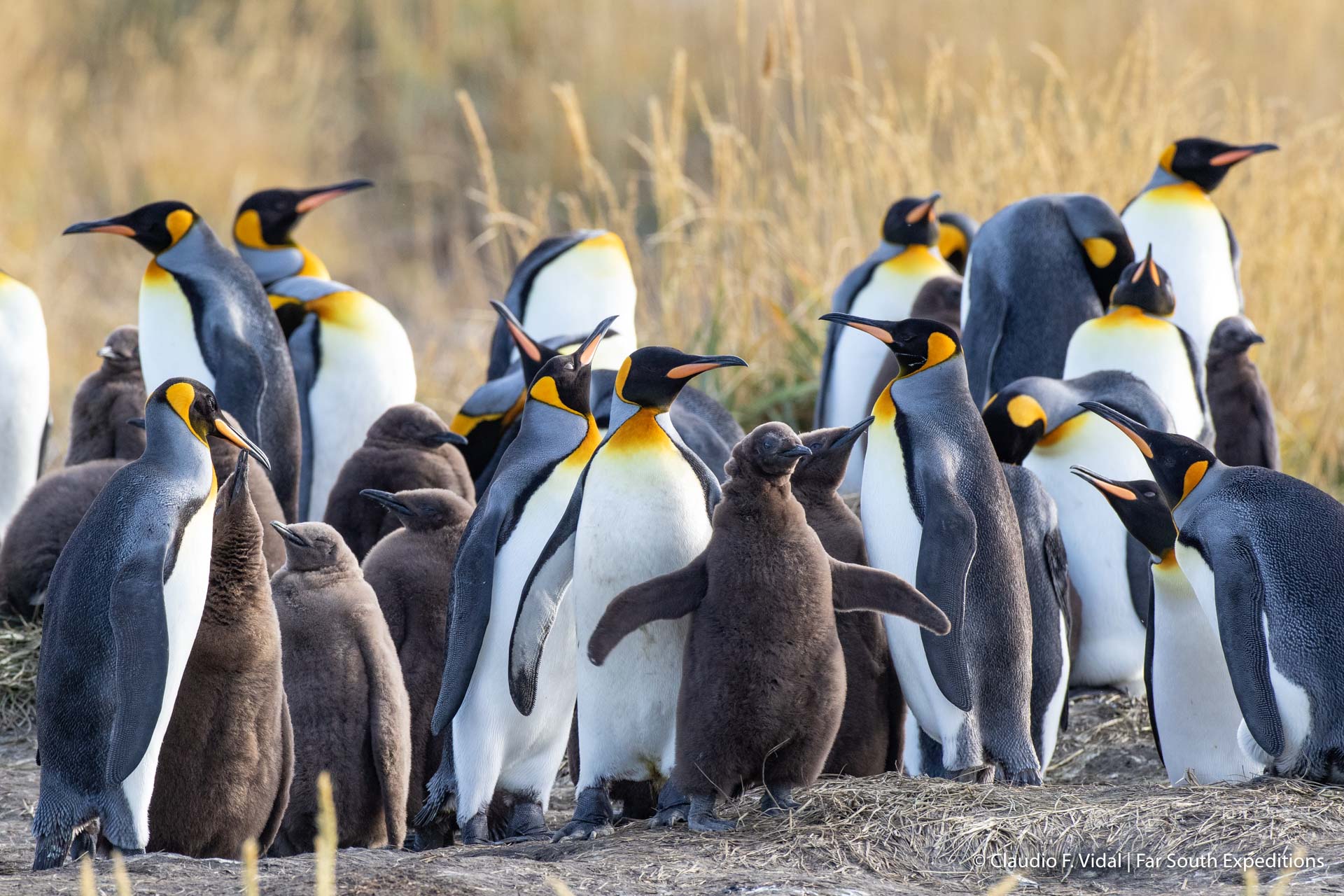
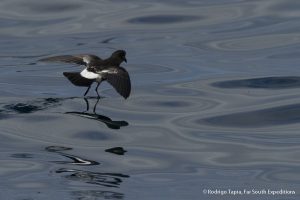
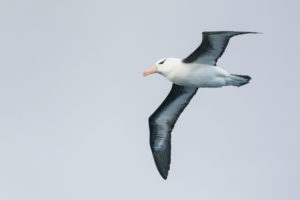
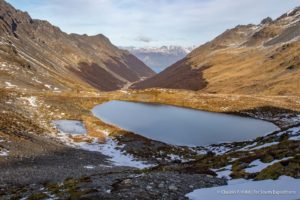
Leave a Reply
Your email is safe with us.